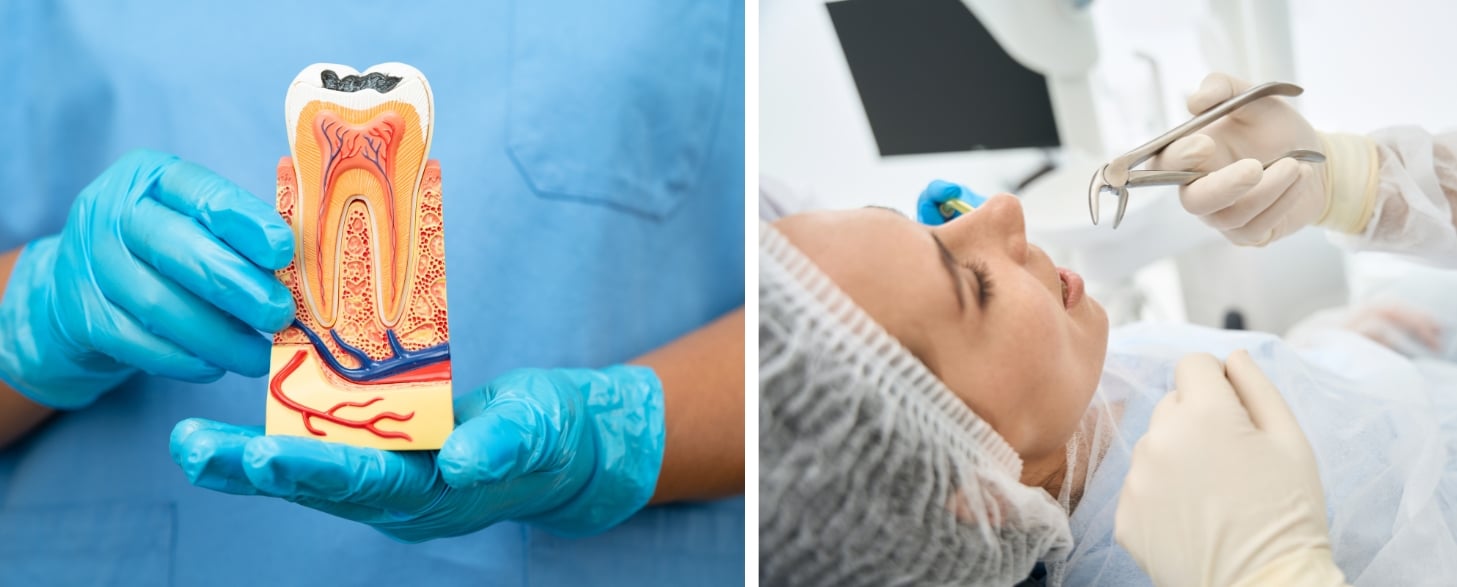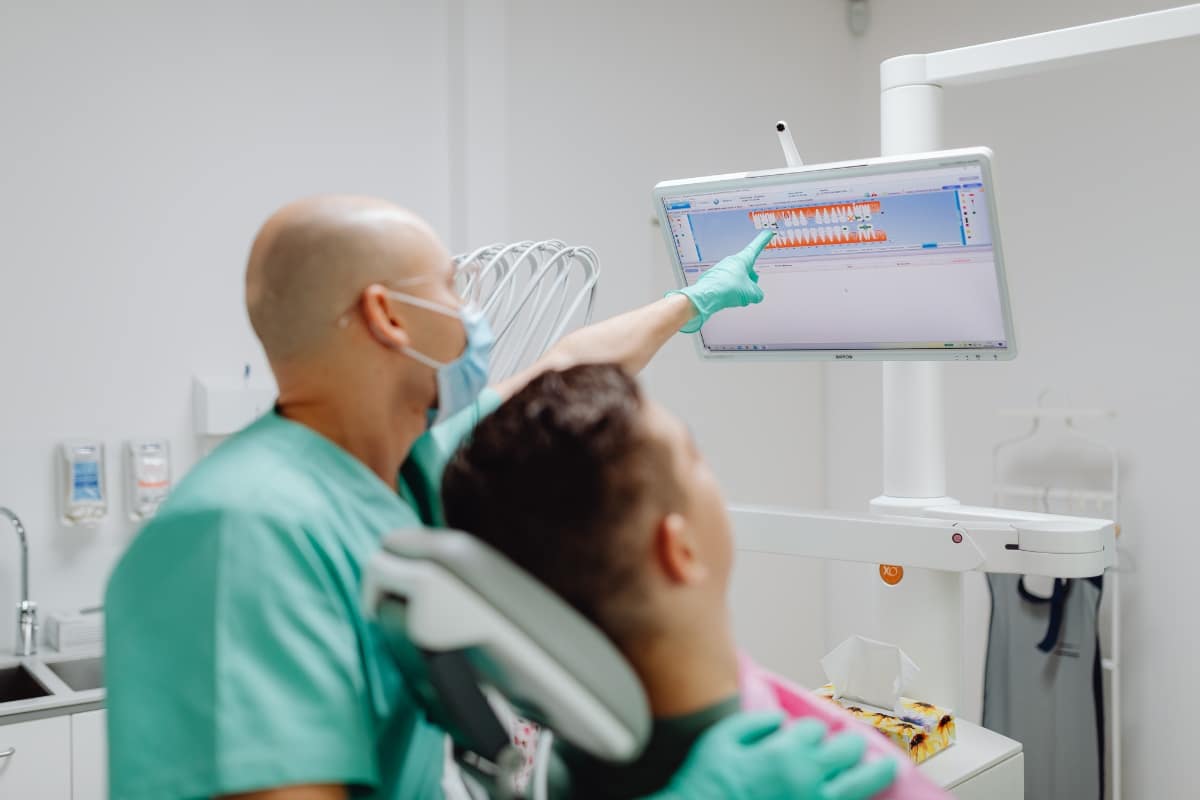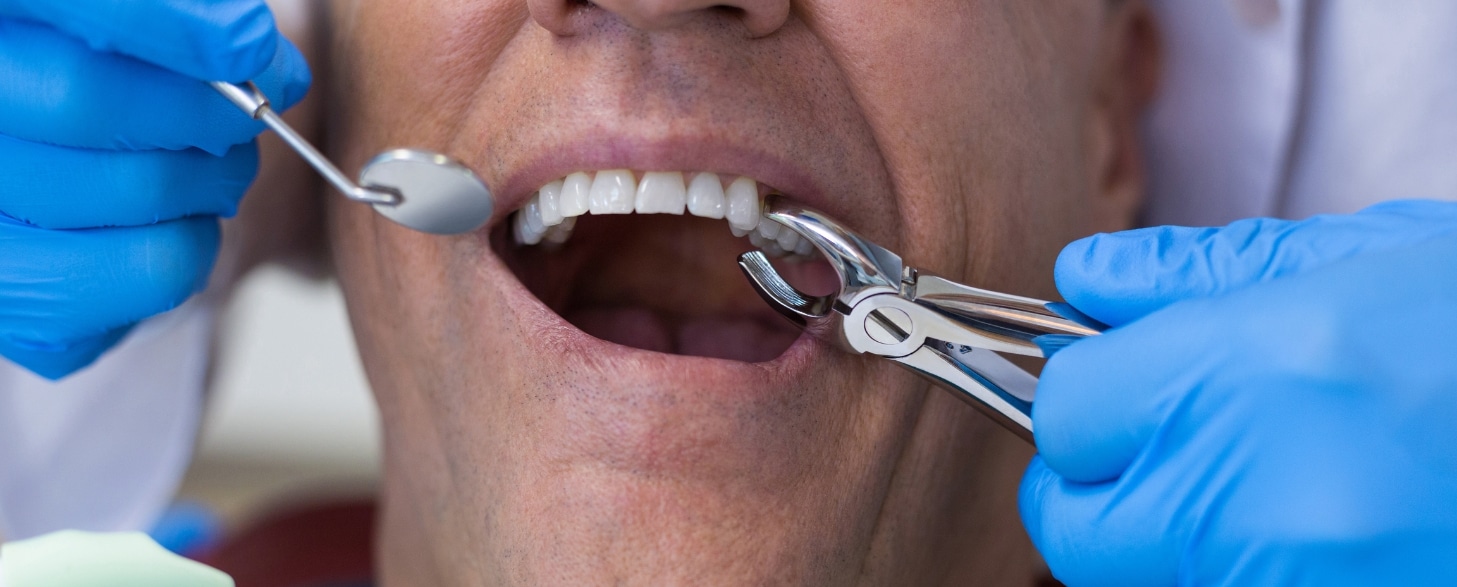What Hurts More? A Root Canal Or Tooth Extraction?
San Antonio, TX

Picking a root canal or tooth extraction is like choosing between a rock and a hard place, isn’t it?
Furthermore, it’s a bit similar to the situation where you’re sitting in the dentist’s chair and
gripping the armrests like your life depends on it, contemplating which dental hardship you’d
prefer. It’s a decision that could rival some of life’s greatest quandaries – such as, do socks
disappear in the laundry, or do they stage a secret rebellion against their owners? Which
one is worse – enduring the drill’s symphony in a root canal or kissing goodbye to your tooth like
it’s going on an unplanned vacation? Let’s look deeper into this dental dilemma, shall we?
Dental Titans that’ll make you rethink the meaning of tough choices
When it comes to dental procedures, few evoke as much dread as the prospect of a root canal
or tooth extraction. Both are often associated with pain and discomfort, Patient testimonials
often highlight the importance of effective pain management techniques employed by dental
professionals during these procedures. But which one hurts more? First, let’s get into the
nuances of each procedure to understand the differences in both pain and cure.
Root Canal
A root canal is a dental procedure performed to repair and save a tooth that is badly decayed or
infected. During a root canal, the dentist removes the pulp and nerve from the inside of the
tooth, cleans and disinfects the area, and then seals it to prevent further infection.
The perception of pain during a root canal procedure varies greatly among individuals. Some
people may experience minimal discomfort, while others may find it more painful. However,
advancements in dental technology and anesthesia have significantly reduced the pain
associated with root canals in recent years.
Picking Your Poison, Finding the light at the end of the Root!
- Before the procedure begins, the dentist will administer local anesthesia to numb the tooth and
surrounding area. This ensures that the patient does not feel any pain during the root canal. In
some cases, patients may also receive sedation to help them relax during the procedure.
- During the root canal, the dentist will use specialized tools to remove the infected or damaged pulp from the tooth. While some pressure and discomfort may be felt, it should not be severe. Most patients report feeling only slight discomfort during the procedure.
- After the root canal is completed, some mild discomfort or sensitivity may be experienced as the anesthesia wears off and the tooth heals. This can usually be managed with over-the-counter pain medication and typically subsides within a few days.
Overall, while a root canal may cause some discomfort during and after the procedure, the pain
is usually manageable and temporary.
Tooth Extraction
Tooth extraction involves the removal of a tooth from its socket in the jawbone. This procedure
is typically performed when a tooth is severely decayed, damaged, or causing other dental
problems such as overcrowding or infection.
The level of pain experienced during a tooth extraction can vary depending on factors such as
the complexity of the extraction, the patient’s pain tolerance, and the use of anesthesia or
Sedation.
Process and Post-Op Pampering Of Tooth Extraction
- Before the extraction begins, the dentist will administer local anesthesia to numb the tooth and surrounding area. In some cases, particularly for more complex extractions or for patients with dental anxiety, sedation may also be used to help the patient relax.
- Once the area is numb, the dentist will use specialized tools to loosen the tooth from its socket and remove it from the jawbone. While some pressure and discomfort may be felt during this process, especially for impacted or deeply rooted teeth, the anesthesia should prevent any significant pain.
- After the tooth has been extracted, it is normal to experience some discomfort, swelling, and bleeding in the area. The dentist will provide instructions on how to manage these symptoms and may prescribe pain medication to help alleviate any discomfort.
In the days following the extraction, it is necessary to follow the dentist’s post-operative
instructions to promote healing and prevent complications. This may include avoiding certain
foods, practicing good oral hygiene, and taking any prescribed medications as directed.
Pain Comparisons & recovery Insights
While tooth extraction can be associated with more discomfort and a longer recovery period
compared to a root canal, the pain is usually manageable with appropriate care and medication.
In conclusion, both root canals and tooth extractions are dental procedures that may cause
some discomfort or pain. However, with the use of modern anesthesia, sedation, and pain
management techniques, the level of pain experienced during these procedures is typically
minimal and manageable for most patients.
Ultimately, the decision between a root canal and tooth extraction depends on factors such as
the condition of the tooth, the patient’s oral health, and their personal preferences. It is important
to have dentist recommendations to determine the most appropriate treatment option based on
individual needs and circumstances.






